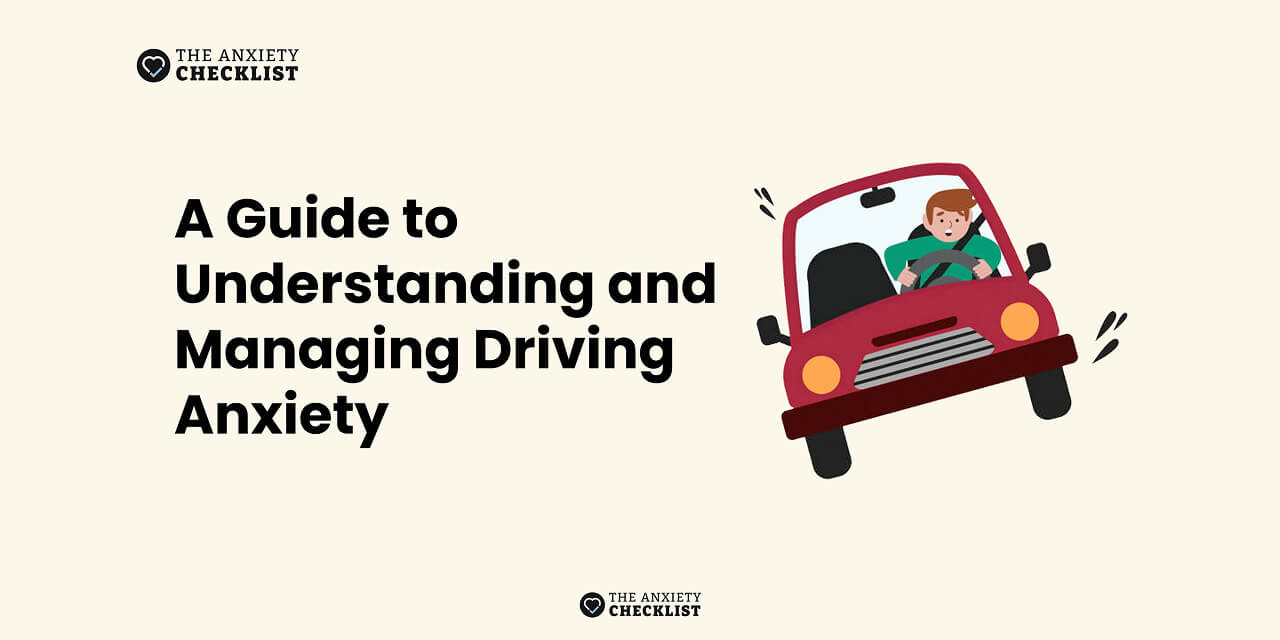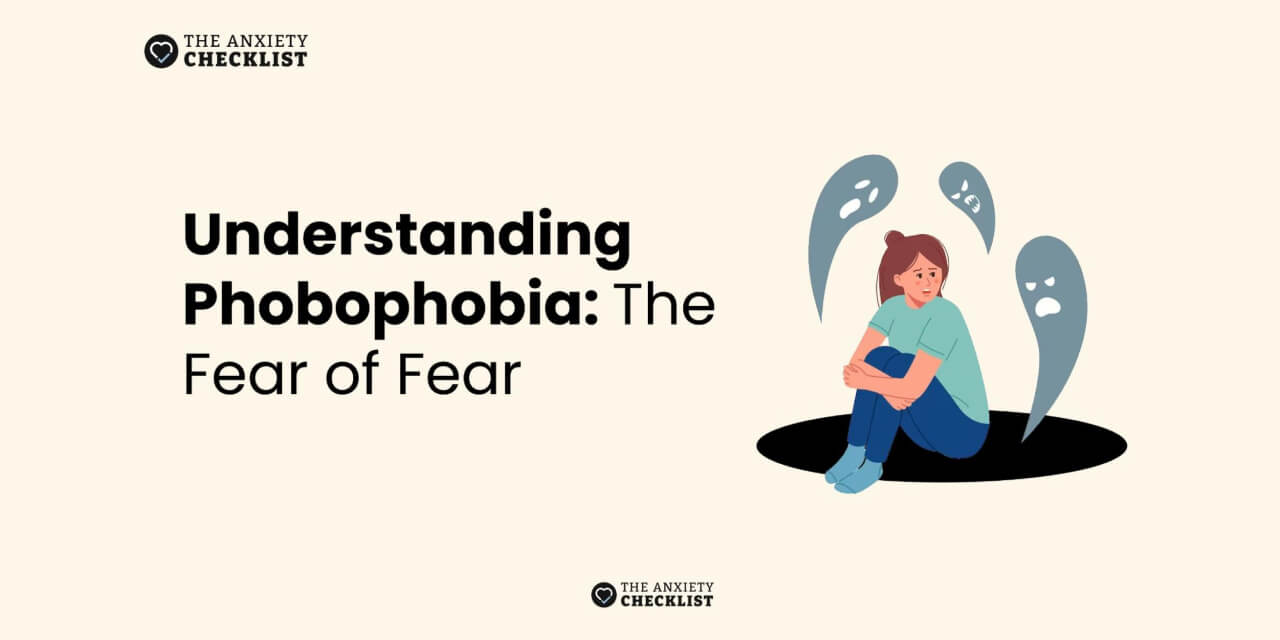What is Driving Anxiety ?
Driving anxiety, also known as amaxophobia or vehophobia, is characterized by an intense fear or panic associated with driving or being in a vehicle. This condition can manifest in various ways, from general nervousness to complete avoidance of driving altogether.
Common Triggers and Causes
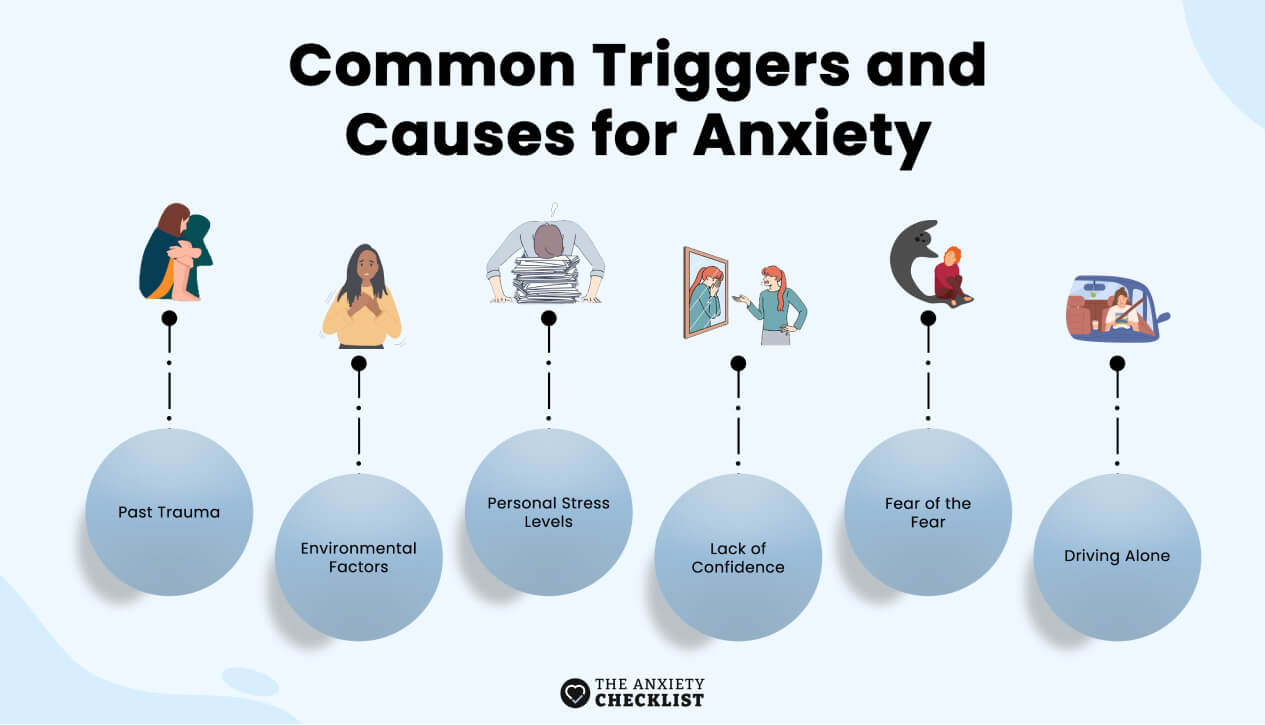
The Spiral of Driving Anxiety: From Anticipation to Avoidance
- For those who experience driving anxiety, what others see as a simple commute becomes an overwhelming psychological journey that begins long before turning the key in the ignition. To truly understand the depth of this experience, let's follow the internal narrative of someone living with driving anxiety as they prepare for what many would consider a routine business meeting.
- Their story reflects the common experiences of millions who struggle with this condition, illustrating how anticipatory anxiety builds and compounds over time.
Three Days Before
Two Days Before
The Day Before
Sleep becomes difficult. My mind races with worst-case scenarios:
- What if I freeze in heavy traffic?
- What if I miss my exit and get lost?
- What if someone cuts me off and I panic?
- What if I have a panic attacks at a red light and can't move?
- What if there is no emergency lane to stop?
I spend hours on Google Maps, memorizing every turn, identifying "escape routes" – places I could pull over if anxiety strikes. I check my car's tire pressure, oil, and brakes, not for safety, but as a form of procrastination.
Morning Of
I wake up with a knot in my stomach. My hands are already clammy. Breakfast is impossible – my throat feels too tight to swallow. I start the avoidance dance:
- 8:00 AM: Check emails repeatedly, hoping for a cancellation
- 9:30 AM: Call a colleague to "casually" mention the meeting, hoping they'll offer to go instead
- 10:15 AM: Research public transportation options, despite knowing they"d take twice as long
- 11:00 AM: Consider ordering a ride-share service, calculating if the expensive fare is worth avoiding the drive
Two Hours Before
Physical symptoms intensify:
- Racing heart
- Dizziness
- Shortness of breath
- Nausea
- Trembling hands
- Cold sweats
I start bargaining with myself: "Maybe I can do the meeting virtually?" I compose an email suggesting a video call, then delete it, feeling weak and incompetent.
One Hour Before
The avoidance reaches its peak. I engage in last-minute attempts to escape:
- Call the client to "confirm" the meeting, secretly hoping they might reschedule
- Check my temperature, wondering if I might be coming down with something
- Look up nearby parking spots for the fifteenth time
- Text a friend about my anxiety, hoping they'll offer to drive me
The Final Decision Point
This is where the pattern typically splits into two outcomes:
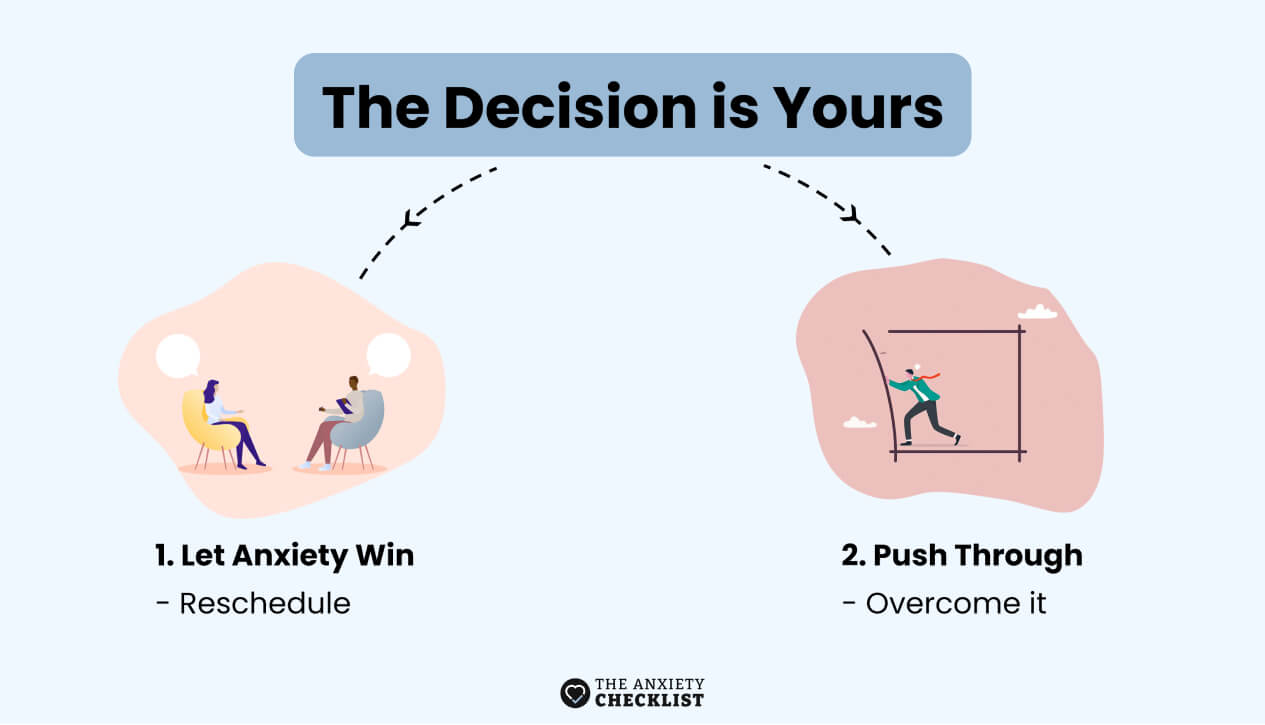
Scenario 1: Giving In to Avoidance
- Call to reschedule the meeting, citing a vague "emergency"
- Immediate flood of relief followed by crushing disappointment
- Self-criticism and shame spiral begins
- Reinforcement of avoidance behavior makes the next driving situation even more daunting
- Add another location to my mental "can't go there" list
Scenario 2: Pushing Through
- Get in the car, hands shaking
- Grip the steering wheel too tightly
- Heart pounding so hard it feels like it might burst
- Hyperventilating at every intersection
- Arrive physically and emotionally exhausted
- Arrive physically and emotionally exhausted
- Feel simultaneously proud and traumatized
Is anxiety holding you back from the life you deserve?
The Aftermath
Regardless of the choice made, the experience leaves a lasting impact:
The Hidden Costs
The cycle of driving anxiety creates ripple effects throughout life:
This cycle continues and often intensifies unless interrupted by professional help, systematic desensitization, and dedicated anxiety management strategies.
Recognizing the Symptoms
Driving anxiety manifests through various physical and psychological symptoms:
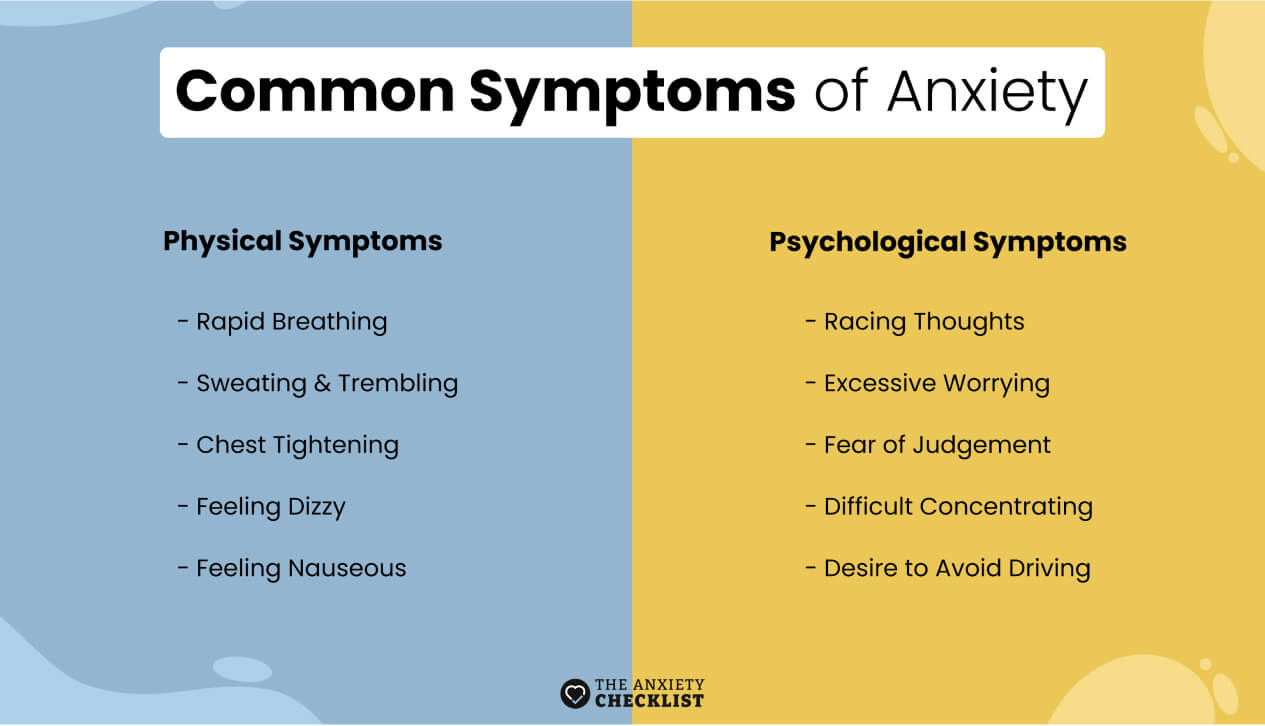
Physical Symptoms
Psychological Symptoms
Effective Management Strategies
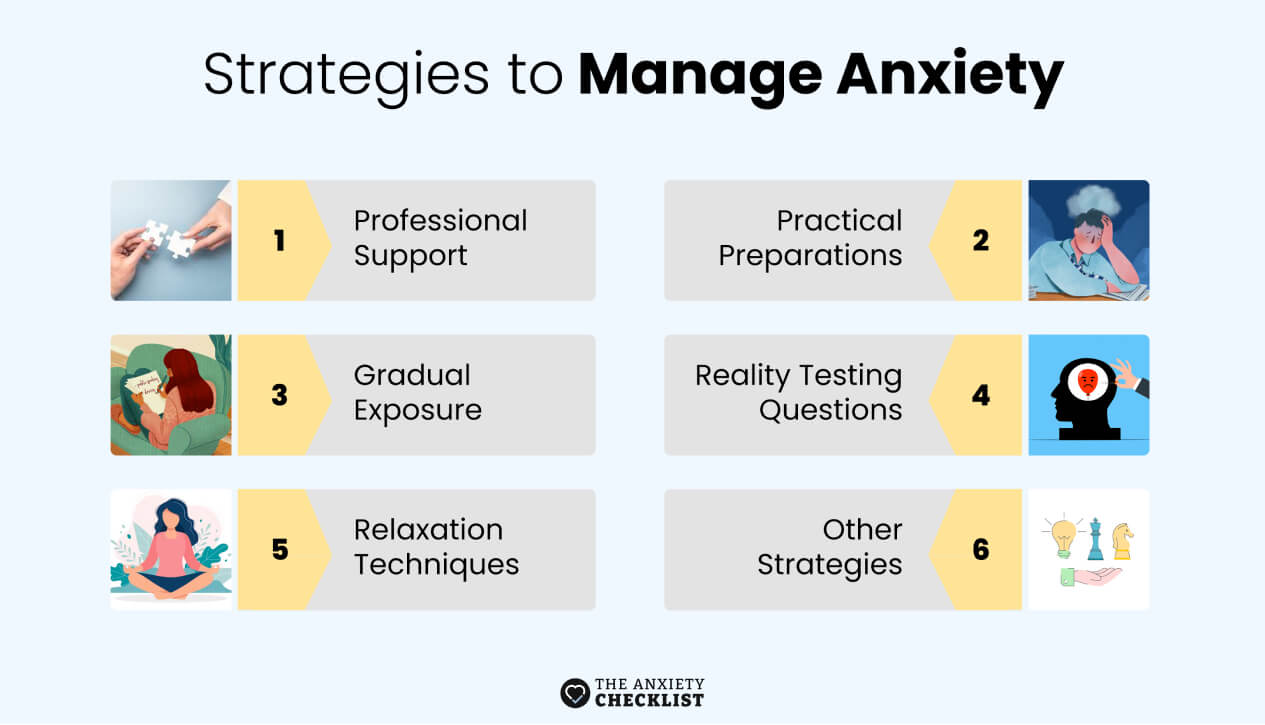
1. Professional Support
2. Gradual Exposure
Start small. Begin in low-stress environments, then progressively challenge yourself:
3. Relaxation Techniques
Pair driving practice with strategies that calm your body’s stress response:
4. Practical Preparations
Reduce uncertainty, increase control:
5. Reality Testing Questions
Challenge anxious thinking with logic-based reframes. Ask yourself:
6. Other strategies for driving anxiety
According to the Anxiety & Depression Association of America (ADAA), healthy routines can reduce vulnerability to anxiety:
Building Long-term Confidence
Overcoming driving anxiety is a journey that requires patience and consistency. Focus on:
When to Seek Professional Help
Consider professional assistance if:
Success Stories: Real Experiences of Overcoming Driving Anxiety
Sarah's Journey (Age 34)
Michael's Recovery (Age 45)
- "My driving anxiety began after witnessing a serious accident. I avoided highways for two years, until my job required regular commuting. Working with a therapist, I learned to challenge my catastrophic thinking. The turning point came when I started logging my successful drives, no matter how short. After three months of gradual exposure and positive reinforcement, I was able to resume highway driving."
Lisa's Breakthrough (Age 28)
- "Virtual reality therapy changed everything for me. After trying various traditional methods, my therapist suggested VR exposure therapy. We worked through increasingly challenging driving scenarios in a safe, controlled environment. This helped me build confidence before facing real-world situations. Within four months, I went from avoiding all major roads to confidently navigating rush hour traffic."
Expert Insights and Research Statistics
Research Findings
Expert Opinions
Supporting Someone with Driving Anxiety
- Understanding and supporting a loved one with driving anxiety requires patience, empathy, and a delicate balance between encouragement and respect for their boundaries. This guide will help you provide effective support while maintaining healthy relationships and promoting recovery.
Understanding Your Role
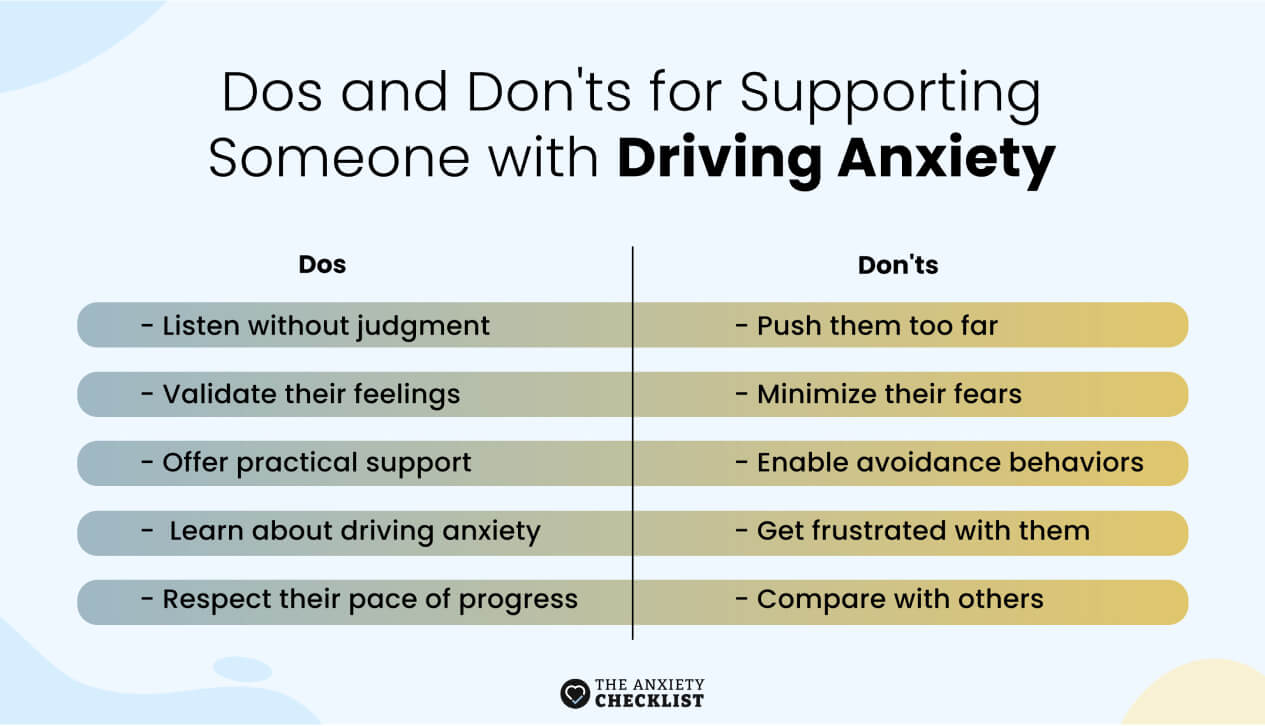
Do's:
Don'ts:
Communication Strategies
Helpful Phrases to Use:
- Push them beyond their comfort zone without their consent
- "Would you like to tell me what you're feeling?"
- "What would be most helpful right now?"
- "You're doing great, take your time"
- "It's okay to take a break if you need to"
Phrases to Avoid:
- "You're being irrational"
- "Nothing bad is going to happen"
- "Everyone gets nervous sometimes"
- "You're making too big a deal of this"
- "Just don't think about it"
Special Considerations
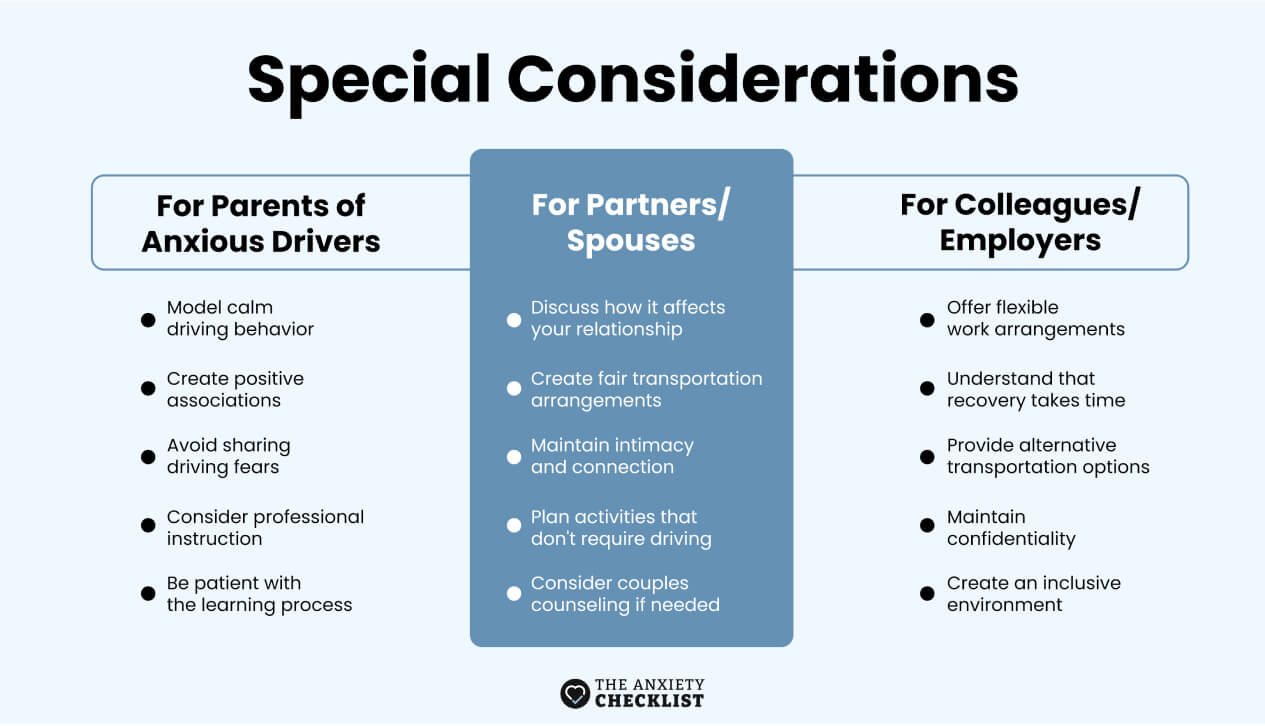
1. For Parents of Anxious Drivers
2. For Partners/Spouses
3. For Colleagues/Employers
Conclusion
- Driving anxiety, while challenging, is a manageable condition. Through a combination of professional support, self-help strategies, and gradual exposure, individuals can work toward overcoming their fears and developing confidence behind the wheel. Remember that seeking help is a sign of strength, not weakness, and recovery is possible with the right support and dedication.
- For those struggling with driving anxiety, remember that you're not alone, and there are numerous resources and professionals available to help you navigate this challenge. With time, patience, and proper support, it's possible to develop a healthier relationship with driving and regain your independence on the road.
Citations
Iraurgi, I., Rion, I., Pozo, E., & Bustamante, E. (2022). Assessment of the effectiveness of an exposure technique intervention in a case of amaxophobia. International Journal of Psychology & Psychological Therapy, 22(3), 317–330.
Previous Article
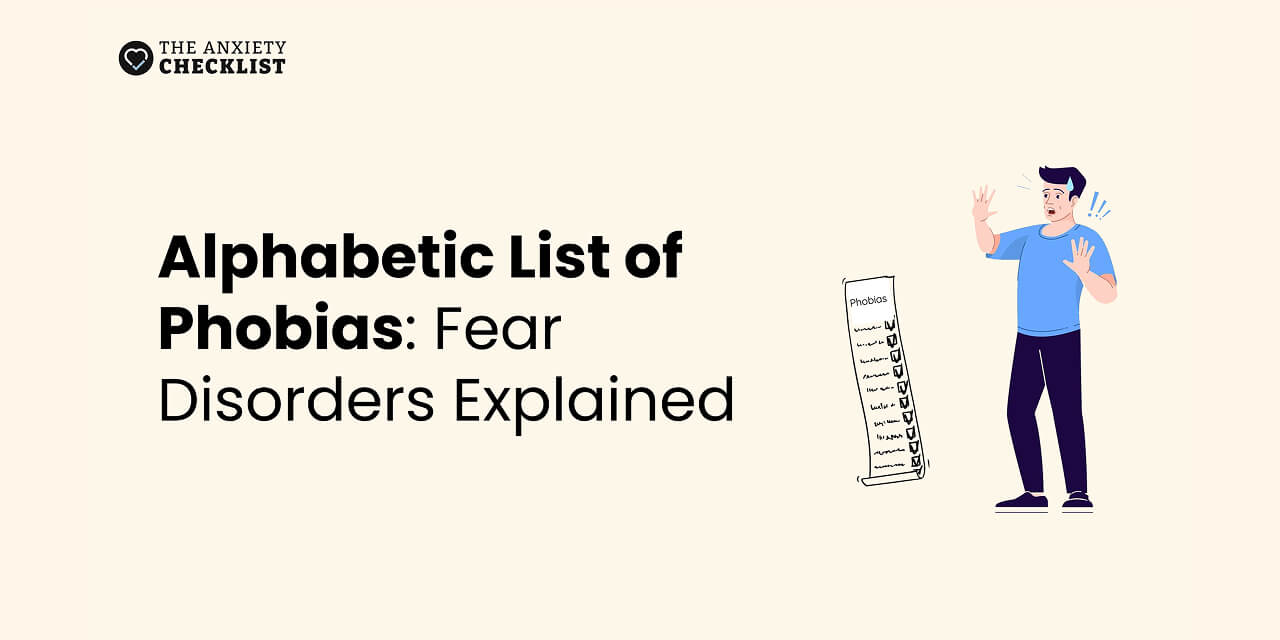
Alphabetic List of Phobias: Fear Disorders Explained

Advertisement
BetterHelp
BetterHelp makes starting therapy easy. Get a tailored therapist match based on your needs and preferences - in as little as 24 hours!
Enjoy 20% off your first month with code "anxietycheck"

4 million+ Helped
Access Therapy 24/7
Preferred by 94% of users
If you are in a crisis or any other person may be in danger - don't use this site. These resources can provide you with immediate help.


